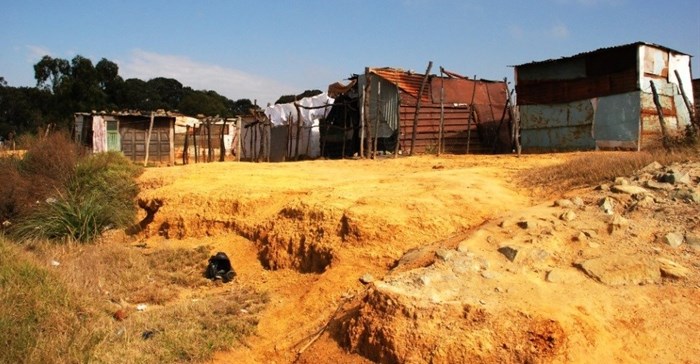Biomass project creates opportunity for mining community
According to a feasibility study, Merafong Case Study for Renewable Energy and Community Upliftment, funded by the Prosperity Fund under the British High Commission, sites for a biomass production and bio-energy plant were identified for the Merafong Bioenergy Project through interaction with mining companies operating in the Carletonville area of the Merafong local municipality.
Biomass power plant
Harambe Sustainable Ventures, a BBBEE mine rehabilitation and bioenergy/waste-to-energy power generation company, will be developing the project. By-products include the production of biochar, for remediating soil by increasing the carbon content and potentially supplying waste heat, for use by new industries attracted to the area surrounding the biomass power plant.
A locally developed pyrolysis plant will provide heat energy to an organic rankine cycle generator set, producing 2MW output which will be wheeled to the off-taker.
Funding for the project will depend on a mix of equity, debt and concessionary funding. Debt funding will be secured from local institutions such as the Industrial Development Corporation, the Development Bank of SA and commercial banks. The loan will be paid back with revenue from the sales of electricity and biochar.
Green jobs
“This project will open the power generation market in South Africa to small businesses, enabling them to develop small-scale renewable energy projects for commercial use. It will lead to the creation of ‘green’ jobs, increased power generation from renewable sources and land restoration,” says Robbie Louw, director of Promethium Carbon, the company that conducted the research.
The Merafong local municipality, in conjunction with the West Rand district municipality, is developing a bio-energy industrial park where projects such as this have the required regulatory support for development.
“The use of abandoned and/or degraded land has long been an issue of concern and this project showcases the possibilities of converting, rehabilitating and producing positive advantages to communities through, what in essence is commercial farming, with the production of electricity,” Nikisi Lesufi of the Chamber of Mines says.




















